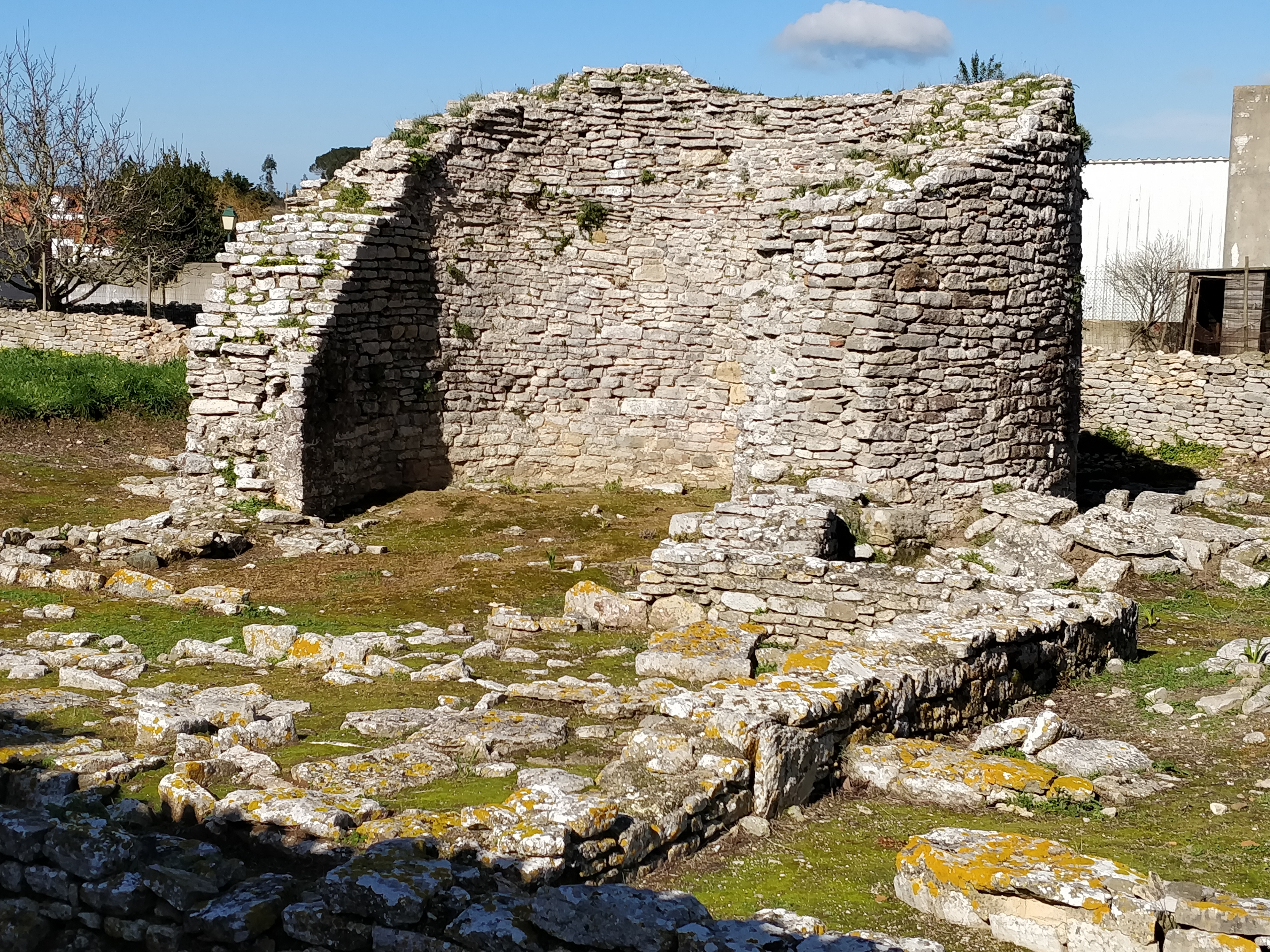Archaeological Museum Of São Miguel De Odrinhas on:
[Wikipedia]
[Google]
[Amazon]
The Archaeological Museum of São Miguel de Odrinhas in Sintra municipality, Lisbon District, Portugal owes its existence to the collection by the Hermitage of São Miguel of 
epigraphic
Epigraphy () is the study of inscriptions, or epigraphs, as writing; it is the science of identifying graphemes, clarifying their meanings, classifying their uses according to dates and cultural contexts, and drawing conclusions about the wr ...
stones found amongst the Roman ruins in the neighbourhood. Around the year 30 B.C. Olisipo (Roman Lisbon) received from Augustus the status that allowed it to combine Roman law with its own ancient laws, thus permitting full integration into the Roman Empire. Most of its important families lived outside Lisbon in villas and many of the estates were located in the Sintra area. In 1955, Sintra Town Council first proposed the construction of a small museum to bring together in Odrinhas the collection of the Hermitage, which had by then been dispersed, as well as items discovered more recently.
The museum, designed by Alberto Castro Nunes and António Maria Braga
António Maria Braga is a Portuguese architect, who specializes in traditional Portuguese architecture. Together with the architect Alberto Castro Nunes, he was the 8th winner of the Rafael Manzano Prize for New Traditional Architecture, awarded i ...
, winners of the Rafael Manzano Prize for New Traditional Architecture, in collaboration with Léon Krier, was inaugurated in 1999. It contains many engraved and carved stones discovered locally, displaying a variety of influences including Paleohispanic, Roman, Visigoth, and Oriental. Non-local items include three Etruscan __NOTOC__
Etruscan may refer to:
Ancient civilization
*The Etruscan language, an extinct language in ancient Italy
*Something derived from or related to the Etruscan civilization
**Etruscan architecture
**Etruscan art
**Etruscan cities
**Etruscan ...
tombs, the only such tombs in Portugal, which were originally brought from Italy and were placed in the gardens of Monserrate Palace in Sintra for use as garden ornaments.

See also
OlisipoArchaeological Site of Alto da Vigia
The Archaeological Site of Alto da Vigia ( pt, Estação Arqueológica de Alto da Vigia, , "Lookout Height") is an archaeological site associated with Roman interventions in the Portugal, situated along the Praia das Maçãs in the civil parish of ...
References
Archaeological museums in Portugal Culture in Sintra Museums in Lisbon District New Classical architecture {{AncientRome-stub